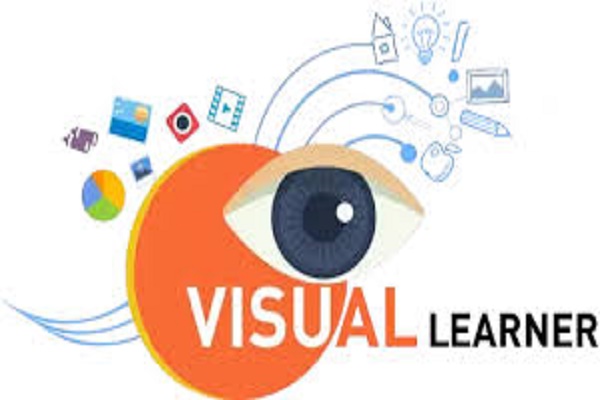Quran Memorization Tips for Visual Learners

This is because everyone of us has a different learning style that best suits us. The VARK model identifies four primary types of learners: visual, auditory, reading/writing and kinesthetic.
Each learning type responds best to a different method of teaching. So when you memorize the Quran, you need to identify your strengths and learning style first.
Are you a visual learner?
If you think you are, you will likely have the following characteristics:
- You remember what you see rather than what you hear. When memorizing the Quran, close your eyes to recite from memory. Are you able to picture the page in detail? Perhaps you have photographic memory?
- You remember diagrams and pictures. When memorizing the Quran do you find yourself drifting away to doodling on a piece of paper?
- You prefer to read and write rather than listen. When memorizing the Quran do you tend to avoid listening and recite yourself?
- You have trouble remembering verbal instructions. When memorizing the Quran with a teacher, do you find it easier when you are shown to do something instead of being told to?
- You need the big picture. When you want to do something, have you found that you delay starting because you need to be clear on your purpose and plan first?
- You like art more than music. What this means is that you like visual expression and forms of art. You’d prefer word animation with spoken word instead of music with spoken word. You hate videos with music in the background and watch them on mute.
- Sometimes you tune out when trying to pay attention. You’re listening to someone and you completely zone out. It happens all the time. You might be thinking, that’s so me! If you are, here are visual hints that visual learners take advantage of:
- Written notes (during lectures and classes)
- Using colors to highlight important points
- Diagrams, charts and pictures in text books whilst avoiding text
- Mindmaps (colorful!) to organize information for almost anything
- Summaries and mindmaps on walls in study areas
- Wall planners.
Let’s go into some Quran memorization tips for you. You can use all the visual hints mentioned above when memorizing the Quran.
- Obtain a second copy or print a PDF of the Mushaf you are using with the sole intention of memorizing it.
- a) you get a second copy or print off pages you take, carry this page with you, you can highlight it, make marks, diagrams or charts on the blank side. This page then will become a flip card of sorts for you. You can even use the other side to test yourself by writing down either via transliteration or if you can write Arabic, write the verses off memory.
- b) In our times, designers and those versed in design tools tend to make screenshots of pages and edit them to their needs. This is something you can explore too.
- c) If both these option seem too cumbersome for you, you can take advantage of technology with apps like Quran Companion for the sole purpose of memorization.
- Use Mindmaps
- a) Mindmaps are continually being used, most predominantly in the Arab world to memorize the Quran. This not only makes the process easier, but also helps one to memorize with the meanings and themes of the verses in mind. The meanings are what shapes the mindmap.
- b) Mindmaps can incorporate drawings and diagrams. Let’s take the start of Surah Al-Baqarah for example.
- You’ll make “Baqarah” the root of the map.
- Then make “Alif Laam Meem” the first branch.
- Then after reciting the second verse you realize it is about guidance, so you make the next branch called “Hudan” and add a picture about the verse.
- Then you make the next branch for the next verse making a picture of a cloud, a prayer mat and a dollar sign.
- For the next verse, you would call it “Unzila” for revelation and then add pictures to represent the past and present.
- For each branch you would add the verse number too.
- You would do the same for every sitting when you memorize.
- Use writing
You can take lessons from the best of methods that utilize writing. The best methods I have found for this are in Mauritania and Morocco. Whilst they traditionally make use of wooden boards, you can make use of whiteboards.
You can get hold of mini whiteboards to larger boards to keep for memorization purposes in a specific room or place. Also get colored non-permanent board markers. This is a great way to get children involved too. You can also play games.
Writing in Arabic or transliteration, use a black pen for the letter, a red pen for the vowels, and separate the verses using a green pen. Each time you make mistakes you can erase and re-write. You can then leave what you wrote for a few days, erase it and rewrite off memory.
If you use paper, you can use what you write to hang up on a wall to see throughout the day or night to aid memorization and retention.
In summary, as a visual learner you can make your memorization process a lot stronger, easier and fun with many visual aids. Try using writing, copies of the pages, technology or even mindmaps to memorize.
Source: Quranacademy
 Most Commented
Most Commented 


